
At Keldsen Family Dental Care, we love to celebrate the holidays with vigor! Dr. Keldsen would love to share some unique ways of celebrating Thanksgiving from beyond the Bend, OR area to the national level!
When Americans sit down to dinner on the last Thursday of November, the day that Abraham Lincoln designated as the day on which Thanksgiving would be celebrated, they do so thinking that the first Thanksgiving feast was held at Plymouth in 1621. According to National Geographic, the Spanish explorer Francisco Vásquez Coronado and his men celebrated a feast of Thanksgiving in Texas in 1541, giving Texas the distinction of being the first place where Thanksgiving was celebrated.
Different Types of Celebrations
Native Americans had rituals around which they celebrated in hopes of ensuring a bountiful harvest. The Cherokees had a Green Corn Dance that they did for this very purpose. The Pilgrims (not to be confused with the Puritans,) rejected any type of public religious display. They held a three-day long non-religious Thanksgiving feast. Although they said grace, the focus of their celebration was on feasting, drinking alcohol (they did have beer,) and playing games.
The Pilgrims at the Plymouth Plantation celebrated a different day of Thanksgiving in 1623. Plagued by a crop-destroying drought, the settlers prayed for relief. They even fasted. A few days later, they got the rain they so desperately needed. Soon thereafter, they received another blessing when Captain Miles Standish came with staples they couldn't otherwise get. He also told them that a Dutch supply ship was en route. In gratitude for the abundance of good fortune, the Plymouth settlers celebrated a day of prayer and Thanksgiving on June 30, 1623.
The Story of Squanto
No discussion of Thanksgiving is complete without a discussion of Squanto, or Tisquantum, as he was known among his people, the Patuxet Indians. It is believed that he was born sometime around 1580. As he returned to his village after a long journey, he and several other Native Americans were kidnapped by Jamestown colonist, Thomas Hunt. Hunt put them on a ship heading to Spain where they were to be sold into slavery.
As fate would have it, some local friars rescued him and many of the other kidnapped natives. Squanto was educated by the friars. Eventually, after asking for freedom so he could return to North America, he ended up in London where he spent time working as a ship builder. By 1619, he was finally able to get passage on a ship headed to New England with other Pilgrims.
Upon arriving at Plymouth Rock, he learned that his entire tribe was wiped out by diseases that accompanied earlier settlers from Europe. In gratitude for passage on their ship, he helped them set up a settlement on the very land where his people once lived. They called the settlement Plymouth. Since they knew nothing about how to survive, let alone how to find food, Squanto taught them everything, from how to plant corn and other crops, how to fertilize them, how and where to get fish and eels and much more.
After a devastating winter during which many settlers died, thanks to Squanto's teaching, they had an abundant harvest. After that harvest, they honored him with a feast. It is this feast of 1621 which was celebrated between the Pilgrims and Wampanoag Indians that is widely considered the first Thanksgiving celebration.
About the Meal of the Plymouth Settlers
Surviving journals of Edward Winslow that are housed at Plymouth Plantation indicate that the first Thanksgiving feast was nothing like what Americans eat today. The meal consisted of venison, various types of wild fowl (including wild turkey,) and Indian corn. There were no cranberries, stuffing, pumpkin pie, potatoes, or any of the other “traditional” foods that appear on modern menus.
Today, Thanksgiving is celebrated on the fourth Thursday of November, the day that Abraham Lincoln designated as the holiday. It is still a day of feasting, and for some, a day of prayer and thanksgiving. For others, it is a celebration of gathering, especially for families. Still others may celebrate in entirely different ways, including watching college football bowl games, or by playing family games.
If you ever wonder why you're so tired after the Thanksgiving meal, it's because turkey contains an amino acid, tryptophan, and it sets off chemicals whose chain reaction combine to make people sleepy.







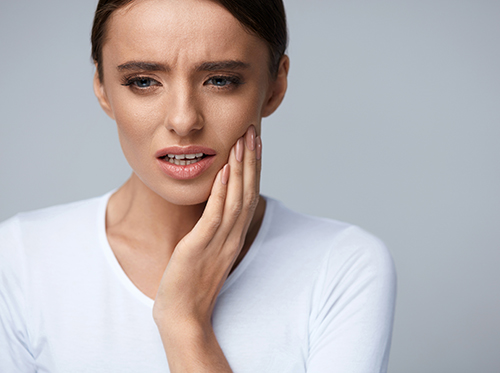





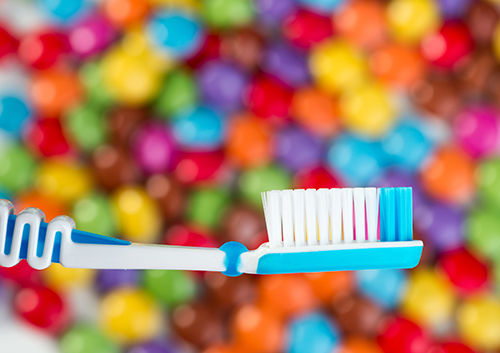







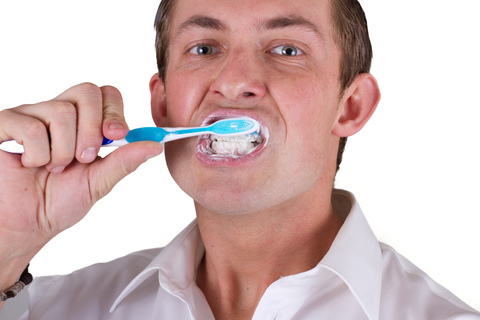











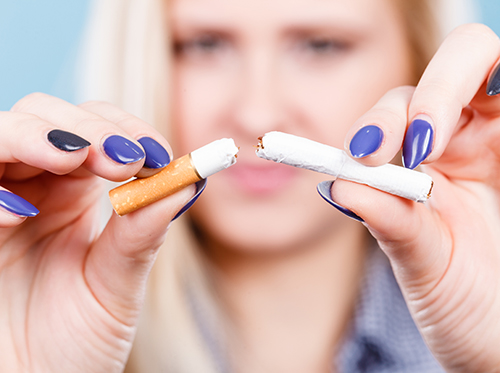










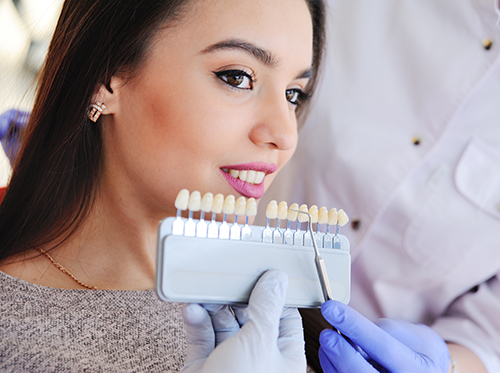

















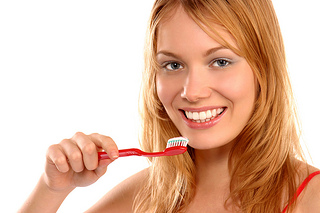



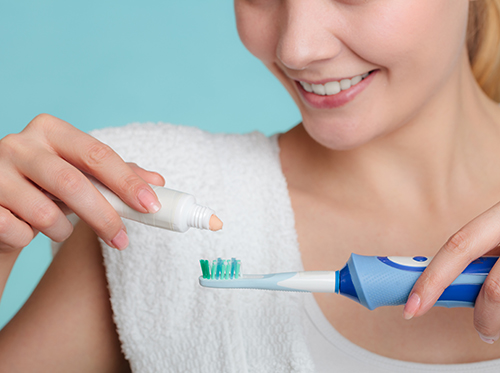































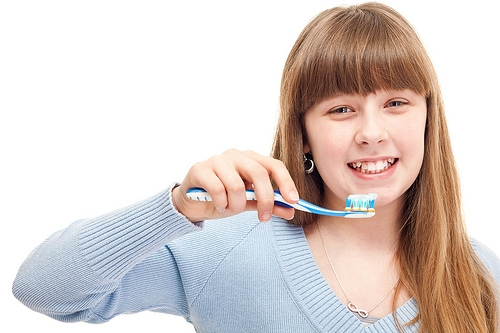









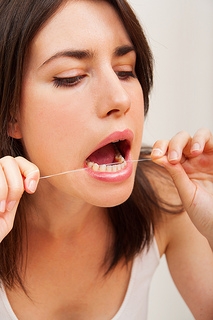
























































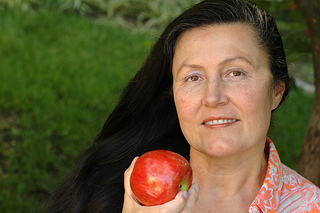
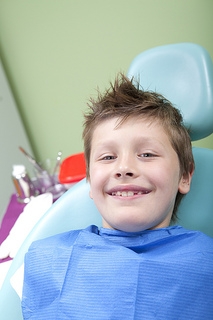


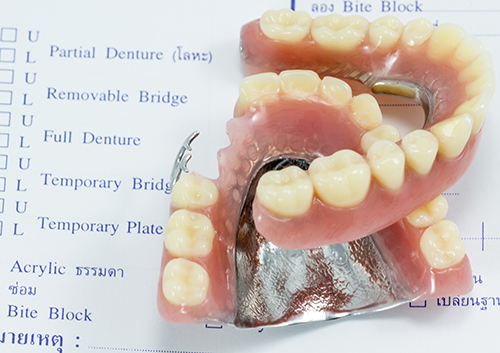


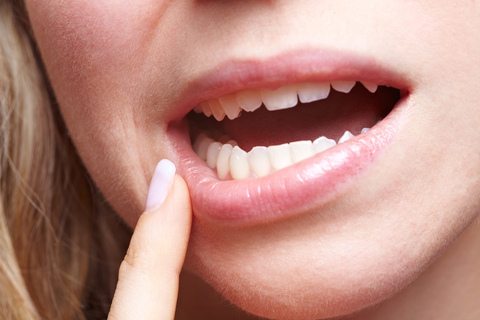












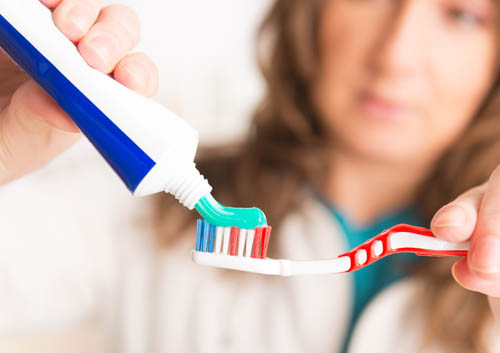









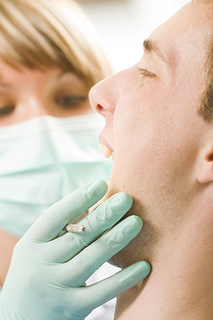

















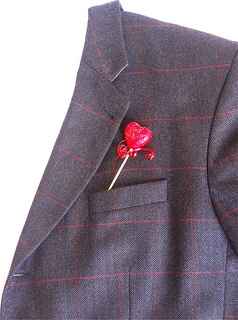























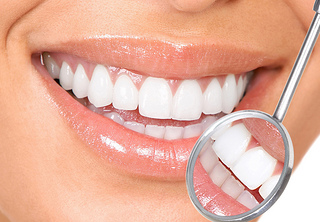







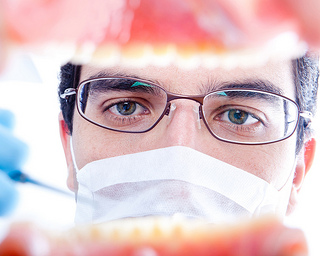


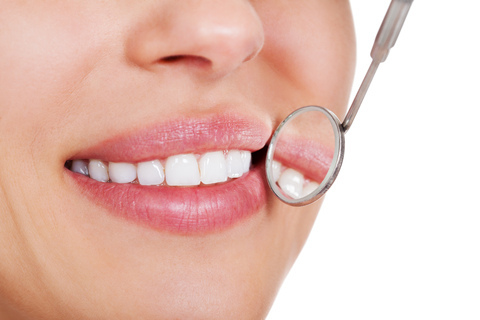













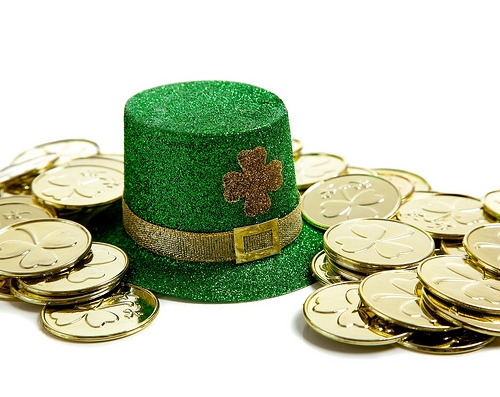












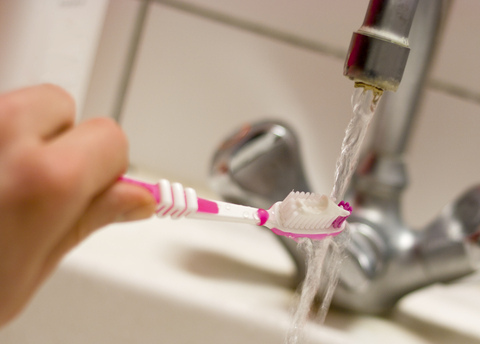







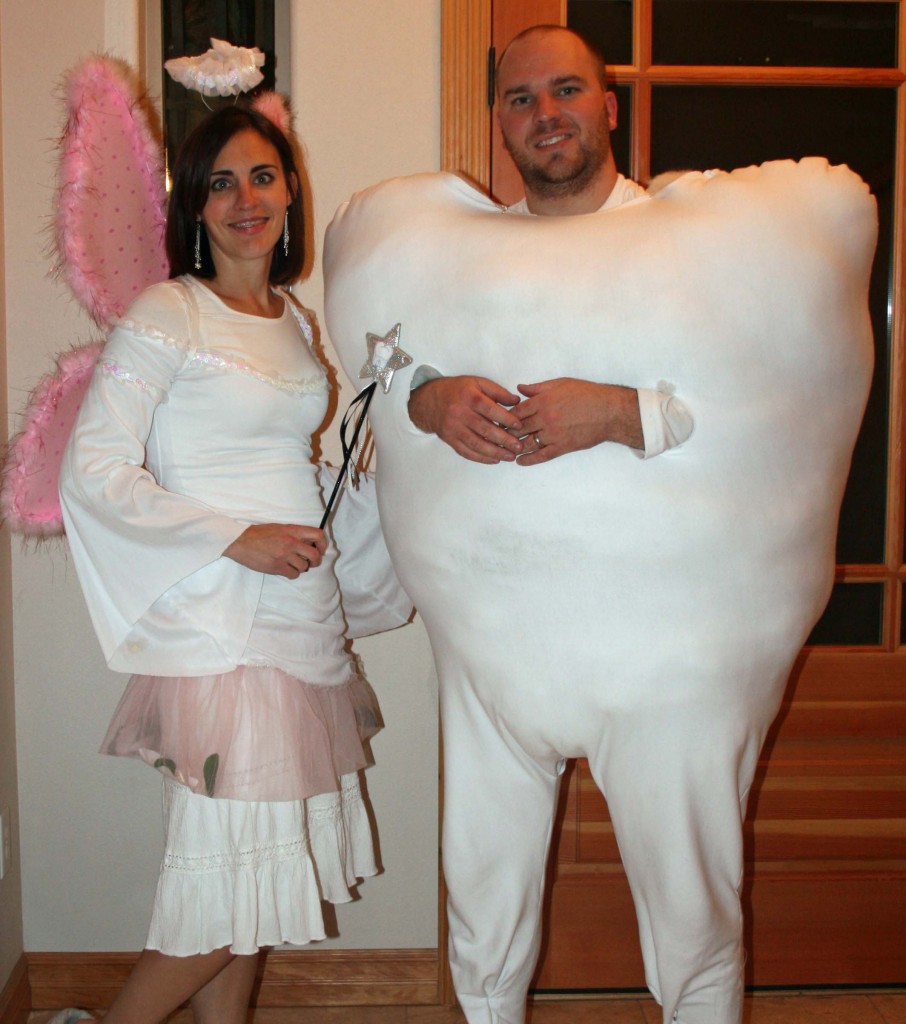
 Courtesy of www.chasing-fireflies.com[/caption]
Courtesy of www.chasing-fireflies.com[/caption] Courtesy of Hints of Harmon blog[/caption]
Courtesy of Hints of Harmon blog[/caption] Courtesy of www.coolest-homemade-costumes.com[/caption]
Courtesy of www.coolest-homemade-costumes.com[/caption]
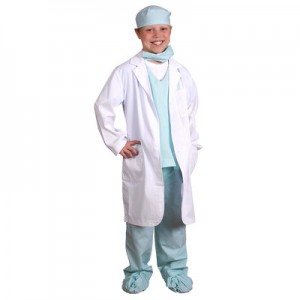
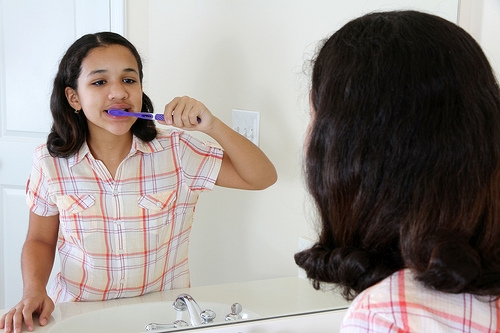














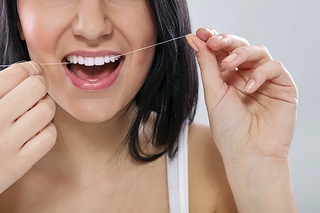


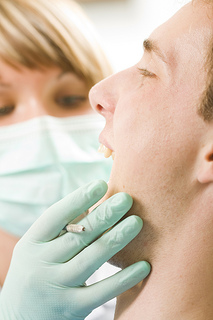



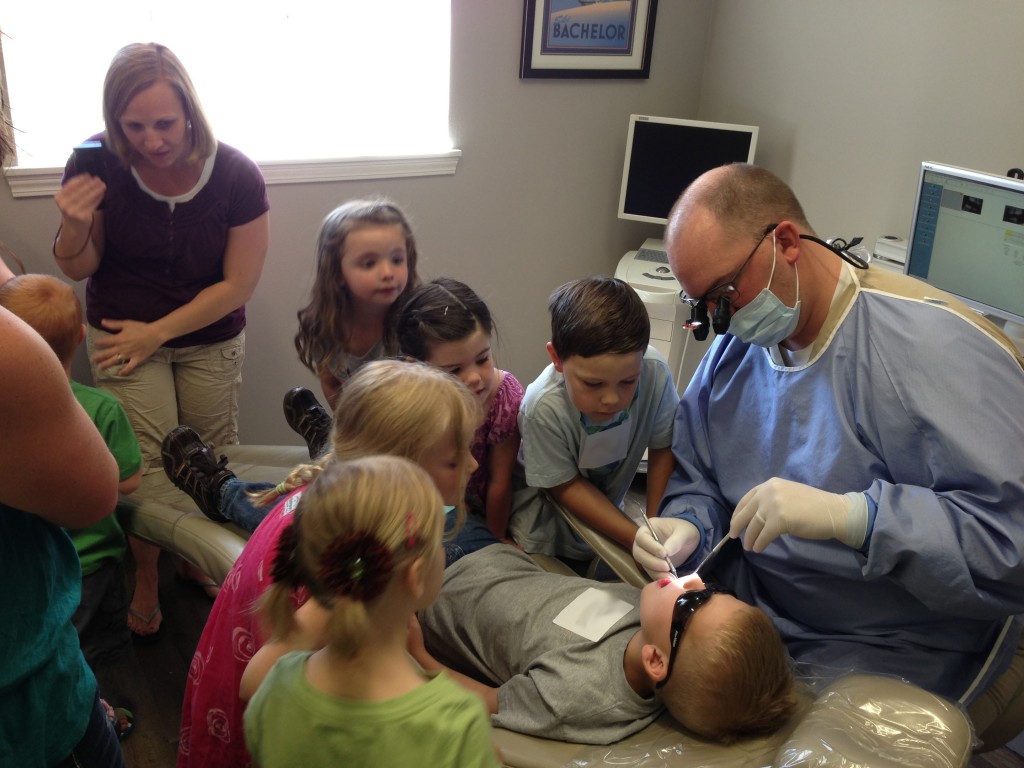
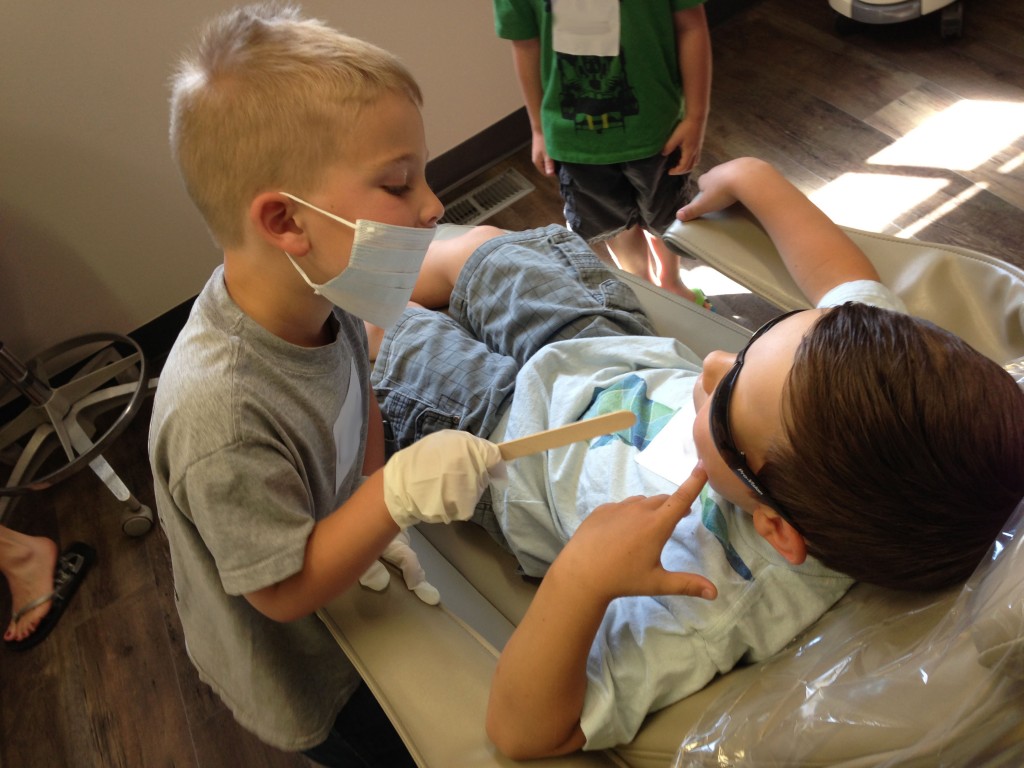

















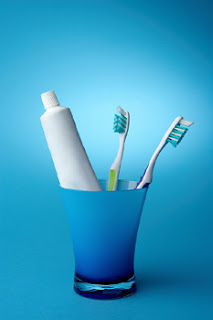
















 Cold and flu season is here yet again. The folks at
Cold and flu season is here yet again. The folks at 





 Gingivitis is a type of periodontal disease in which only your gums are affected. Gingivitis, according to the American Dental Association (ADA), is a milder and often reversible type of periodontal disease. However, it can lead to periodontitis -- a more destructive and serious disease -- if proper professional treatment and home care aren't put into place. No tissue damage or irreversible bone damage is present in the gingivitis stage of periodontal disease.
Gingivitis is a type of periodontal disease in which only your gums are affected. Gingivitis, according to the American Dental Association (ADA), is a milder and often reversible type of periodontal disease. However, it can lead to periodontitis -- a more destructive and serious disease -- if proper professional treatment and home care aren't put into place. No tissue damage or irreversible bone damage is present in the gingivitis stage of periodontal disease.
















 Visiting our office regularly will not only help keep your teeth and mouth healthy, but will also help keep the rest of your body healthy. The fact is, every hour of every day in the U.S., someone dies of oral cancer, which is the sixth-most common diagnosed form of the disease. The five-year survival rate is only 50 percent, and oral cancer is one of the few cancers whose survival rate has not improved. Since April is Oral Cancer Awareness Month, we would like to take this opportunity to remind all of our patients about the importance of maintaining good oral hygiene.
Visiting our office regularly will not only help keep your teeth and mouth healthy, but will also help keep the rest of your body healthy. The fact is, every hour of every day in the U.S., someone dies of oral cancer, which is the sixth-most common diagnosed form of the disease. The five-year survival rate is only 50 percent, and oral cancer is one of the few cancers whose survival rate has not improved. Since April is Oral Cancer Awareness Month, we would like to take this opportunity to remind all of our patients about the importance of maintaining good oral hygiene. Bad breath, also called halitosis, can result from poor dental health habits and may be a sign of other health problems. Bad breath can also be made worse by the types of foods you eat and other unhealthy lifestyle habits. You may not even be aware of your own bad breath, so if you’re concerned you may be suffering from it, talk to our team. We can help identify the cause and, if it’s due to an oral condition, develop a treatment plan to treat it.
Bad breath, also called halitosis, can result from poor dental health habits and may be a sign of other health problems. Bad breath can also be made worse by the types of foods you eat and other unhealthy lifestyle habits. You may not even be aware of your own bad breath, so if you’re concerned you may be suffering from it, talk to our team. We can help identify the cause and, if it’s due to an oral condition, develop a treatment plan to treat it. Dental X-rays are an essential and invaluable tool to help assist us in evaluating your oral health. With X-rays, we can see what’s happening beneath the surface of your teeth and gums and identify oral health issues otherwise hidden during a visual exam, including:
Dental X-rays are an essential and invaluable tool to help assist us in evaluating your oral health. With X-rays, we can see what’s happening beneath the surface of your teeth and gums and identify oral health issues otherwise hidden during a visual exam, including:
 March has arrived, and that can only mean one thing: it’s National Nutrition Month. Every March,
March has arrived, and that can only mean one thing: it’s National Nutrition Month. Every March, 


 With February being National Children's Dental Health Month, our team at
With February being National Children's Dental Health Month, our team at 
 Thanks for the question! Yes! In fact, it's even more important that patients receiving orthodontic treatment visit our office regularly. When you're wearing braces, food may be caught in places that your toothbrush normally can't reach. This causes bacteria to build up and can lead to cavities, gingivitis and even gum disease. Believe it or not, an estimated 80 percent of American adults currently have some form of gum disease. Studies have shown a correlation between gum disease and heart disease, underscoring the importance of good oral health care. Our staff at
Thanks for the question! Yes! In fact, it's even more important that patients receiving orthodontic treatment visit our office regularly. When you're wearing braces, food may be caught in places that your toothbrush normally can't reach. This causes bacteria to build up and can lead to cavities, gingivitis and even gum disease. Believe it or not, an estimated 80 percent of American adults currently have some form of gum disease. Studies have shown a correlation between gum disease and heart disease, underscoring the importance of good oral health care. Our staff at 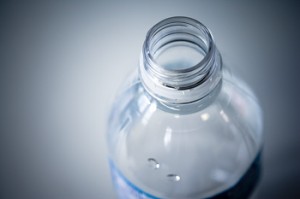 Our team at
Our team at  At Keldsen Family Dental Care we know one thing no patient likes hearing when visiting our office is “root canal.” But what, exactly, is a root canal, and when might you need one? A root canal is a treatment Dr. Chris Keldsen uses to repair and save a tooth that is infected or badly decayed to the point where the nerve is involved. In the past, if a patient had a tooth with a diseased nerve, dentists in most cases would recommend an extraction. Today, however, with a procedure called root canal therapy, available at our office, you may save that tooth—and your beautiful smile—after all!
At Keldsen Family Dental Care we know one thing no patient likes hearing when visiting our office is “root canal.” But what, exactly, is a root canal, and when might you need one? A root canal is a treatment Dr. Chris Keldsen uses to repair and save a tooth that is infected or badly decayed to the point where the nerve is involved. In the past, if a patient had a tooth with a diseased nerve, dentists in most cases would recommend an extraction. Today, however, with a procedure called root canal therapy, available at our office, you may save that tooth—and your beautiful smile—after all! The bottom line is, we know having a beautiful smile is important to you. It’s important to us, too.
The bottom line is, we know having a beautiful smile is important to you. It’s important to us, too.
 In this season given to tidings of comfort and joy, and as our team at
In this season given to tidings of comfort and joy, and as our team at 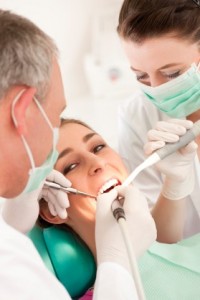 Even if you brush and floss daily, it is still important to see us at
Even if you brush and floss daily, it is still important to see us at  When your child needs urgent dental treatment, Dr. Chris Keldsen and our team at
When your child needs urgent dental treatment, Dr. Chris Keldsen and our team at  At
At 
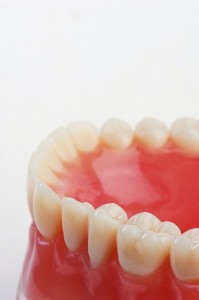 At
At 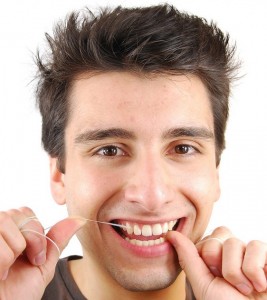 At
At  Cold and flu season is here - Centers for Disease Control and Prevention says that a common cold usually includes sneezing, runny nose, sore throat and coughing.
Cold and flu season is here - Centers for Disease Control and Prevention says that a common cold usually includes sneezing, runny nose, sore throat and coughing. 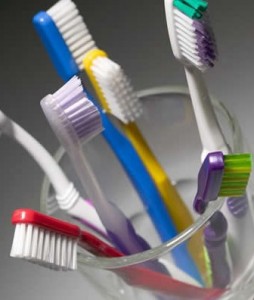 Just as there are so many different types of toothbrushes to choose from, each brush also has a different type of bristle! There are generally three different types of bristles; hard, medium, and soft. Our team at
Just as there are so many different types of toothbrushes to choose from, each brush also has a different type of bristle! There are generally three different types of bristles; hard, medium, and soft. Our team at  Did you know that October is
Did you know that October is 
 Does the sound of a drill make you flinch or cringe? Do you worry about your twice-yearly dental checkup? Trust Dr. Keldsen and our team at
Does the sound of a drill make you flinch or cringe? Do you worry about your twice-yearly dental checkup? Trust Dr. Keldsen and our team at  At
At  At
At 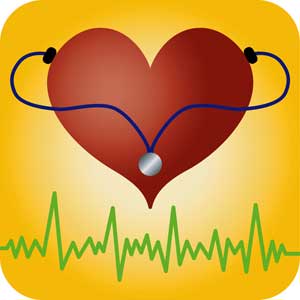 Don’t put off your next visit to
Don’t put off your next visit to  Everyone loves fun facts and dental tips. Fun, fun, fun! Dr. Chris Keldsen and our team at
Everyone loves fun facts and dental tips. Fun, fun, fun! Dr. Chris Keldsen and our team at  Our team at
Our team at 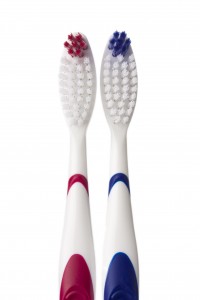 Everybody is jumping on the electric toothbrush bandwagon in recent years, with many experts in the dental field claiming electric toothbrushes provide superior dental care. It’s true that electric toothbrushes are recommended for those who can’t do a good job brushing manually or who have arthritis or other conditions. But manual toothbrushes do have some advantages, according to an
Everybody is jumping on the electric toothbrush bandwagon in recent years, with many experts in the dental field claiming electric toothbrushes provide superior dental care. It’s true that electric toothbrushes are recommended for those who can’t do a good job brushing manually or who have arthritis or other conditions. But manual toothbrushes do have some advantages, according to an  Maintaining your oral health is an important part of keeping your entire body well, and never more so than when you’re expecting. If you’re pregnant or considering pregnancy, schedule an appointment with us, and remember to raise the issue of your oral health at prenatal appointments with Dr. Chris Keldsen.
Maintaining your oral health is an important part of keeping your entire body well, and never more so than when you’re expecting. If you’re pregnant or considering pregnancy, schedule an appointment with us, and remember to raise the issue of your oral health at prenatal appointments with Dr. Chris Keldsen.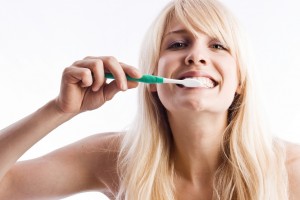 One word nobody wants to hear when they visit
One word nobody wants to hear when they visit  Dr. Chris Keldsen knows that many children have fear when it comes to visiting the dentist. Our team at Keldsen Family Dental Care found a great article on
Dr. Chris Keldsen knows that many children have fear when it comes to visiting the dentist. Our team at Keldsen Family Dental Care found a great article on  While
While 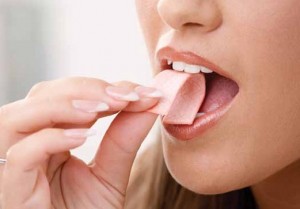 At
At  Lots of you have asked us about whether it’s healthy for children to suck thumbs (or, less frequently, fingers). If you’ve got a thumb-sucker in the house, you are not alone. Research tells us that between 75% and 95% of infants suck their thumbs.
Lots of you have asked us about whether it’s healthy for children to suck thumbs (or, less frequently, fingers). If you’ve got a thumb-sucker in the house, you are not alone. Research tells us that between 75% and 95% of infants suck their thumbs. According to the American Dental Association, a person's smile outranked eyes, hair and body as the most important physical feature, which is why it's important for our team at Keldsen Family Dental Care to support National Smile Month this June.
According to the American Dental Association, a person's smile outranked eyes, hair and body as the most important physical feature, which is why it's important for our team at Keldsen Family Dental Care to support National Smile Month this June. With the school year close to winding down for a lot of our younger patients at Keldsen Family Dental Care, we wanted to remind all our patients about the importance of reading. Sure it’s easy to keep putting off reading this time of year, but reading is a vital step in brain development and literacy. And if you needed any more reason to read, May marks
With the school year close to winding down for a lot of our younger patients at Keldsen Family Dental Care, we wanted to remind all our patients about the importance of reading. Sure it’s easy to keep putting off reading this time of year, but reading is a vital step in brain development and literacy. And if you needed any more reason to read, May marks  Memorial Day weekend, a time to remember and honor the men and women lost while serving for our country. Memorial Day is also the unofficial start of summer, and for many folks in the Bend area, getting out of town for three days after being cooped up in the classroom or the office spells sweet, sweet relief.
Memorial Day weekend, a time to remember and honor the men and women lost while serving for our country. Memorial Day is also the unofficial start of summer, and for many folks in the Bend area, getting out of town for three days after being cooped up in the classroom or the office spells sweet, sweet relief. If you’re brushing and flossing on a regular basis, we think that’s fantastic! But, don’t forget that it’s also important to visit your
If you’re brushing and flossing on a regular basis, we think that’s fantastic! But, don’t forget that it’s also important to visit your  Each year,
Each year,  Visiting Keldsen Family Dental Care regularly will not only help keep your teeth and mouth healthy, but will also help keep the rest of your body healthy. The fact is, every hour of every day in the U.S., someone dies of oral cancer, which is the sixth-most common diagnosed form of the disease. The five-year survival rate is only 50 percent, and oral cancer is one of the few cancers whose survival rate has not improved. Since April is Oral Cancer Awareness Month, we would like to take this opportunity to remind all of our patients about the importance of maintaining good oral hygiene.
Visiting Keldsen Family Dental Care regularly will not only help keep your teeth and mouth healthy, but will also help keep the rest of your body healthy. The fact is, every hour of every day in the U.S., someone dies of oral cancer, which is the sixth-most common diagnosed form of the disease. The five-year survival rate is only 50 percent, and oral cancer is one of the few cancers whose survival rate has not improved. Since April is Oral Cancer Awareness Month, we would like to take this opportunity to remind all of our patients about the importance of maintaining good oral hygiene. Vending machines are a quick way to satisfy hunger. You put in $1.50 and you get back a candy bar, bag of chips or even a soda…but that’s not all! We at Keldensen Family Dental Care want to remind that vending machines not only dispense sweet treats and caffeine bursts,
Vending machines are a quick way to satisfy hunger. You put in $1.50 and you get back a candy bar, bag of chips or even a soda…but that’s not all! We at Keldensen Family Dental Care want to remind that vending machines not only dispense sweet treats and caffeine bursts,